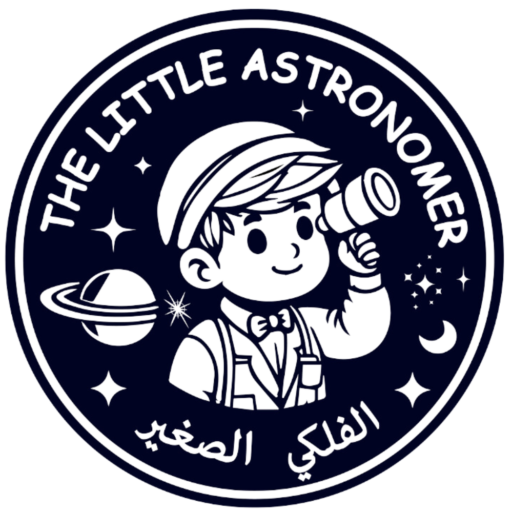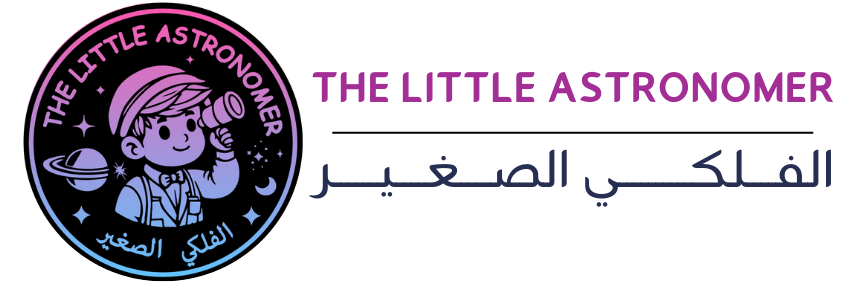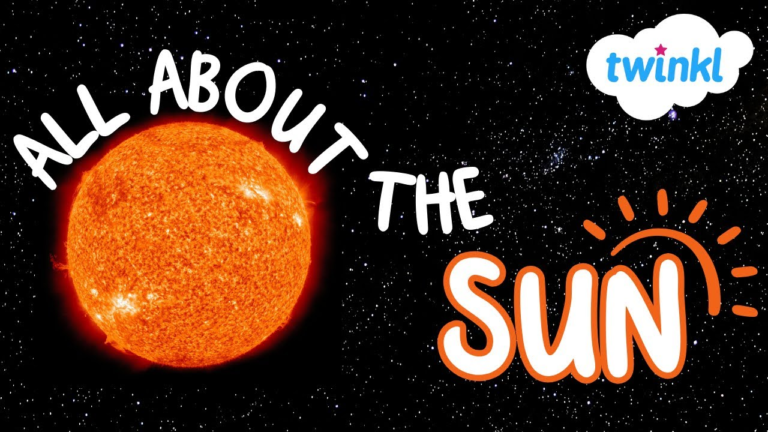
Have you ever looked up at the night sky and wondered what’s out there? Our solar system is like a big family with the Sun as its shining parent, and the planets are its children. Let’s take a journey through our cosmic backyard to meet these amazing members!
The Sun: The Star at the Center
At the heart of the solar system is the Sun, a giant ball of hot gases that gives us light and warmth. Without the Sun, life on Earth wouldn’t be possible! It’s the leader of the solar system, holding everything together with its gravity.

The Rocky Planets
The four closest planets to the Sun are called the rocky planets because they have solid surfaces. Let’s meet them:
- Mercury: The smallest planet and closest to the Sun. It’s a scorching hot world during the day but freezing cold at night.
- Venus: Often called Earth’s twin because it’s similar in size. But don’t be fooled—it’s covered in thick clouds of toxic gases and is the hottest planet!
- Earth: That’s our home, the only planet we know of with life. It’s covered in water, land, and a breathable atmosphere.
- Mars: Known as the Red Planet because of its rusty soil. Scientists are curious if life ever existed here.
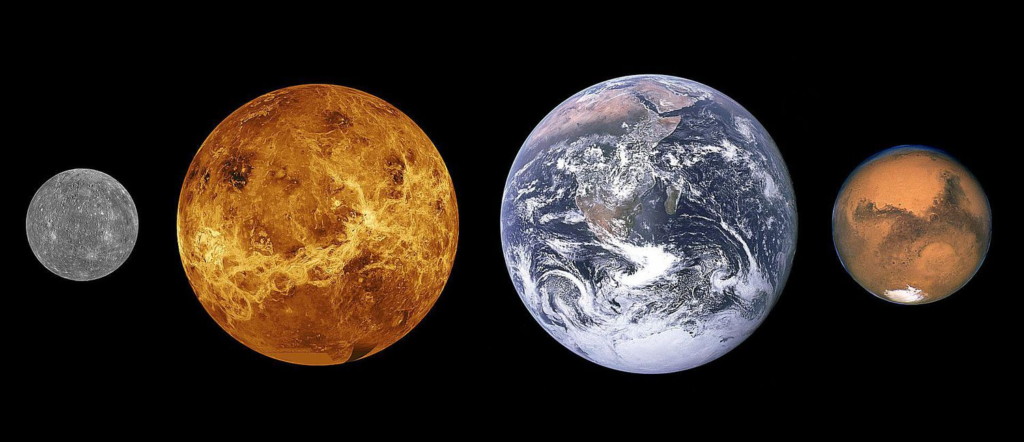
The Gas Giants
After Mars, there’s a belt of rocks and ice called the Asteroid Belt, like a border in our solar system. Beyond it lie the gas giants—huge planets mostly made of gas:
- Jupiter: The biggest planet in the solar system. It has a Great Red Spot, a giant storm that’s been raging for hundreds of years!
- Saturn: Famous for its stunning rings made of ice and rock. It’s truly a jewel of the solar system.
The Ice Giants
Even farther out, we find the coldest members of the family:
- Uranus: A planet that spins on its side! Its blue-green color comes from methane gas in its atmosphere.
- Neptune: The windiest planet, with storms faster than any hurricane on Earth. It’s also a beautiful deep blue.
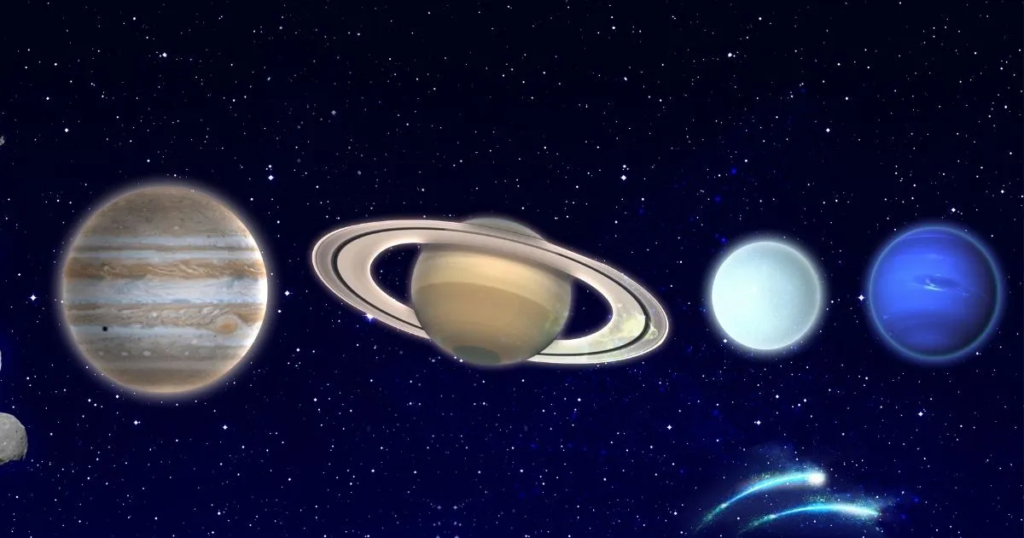
A Special Friend: Pluto
Pluto used to be called a planet but is now known as a dwarf planet. It’s part of a region called the Kuiper Belt, full of icy objects. Though smaller than the main planets, Pluto is still a beloved part of our solar system family.
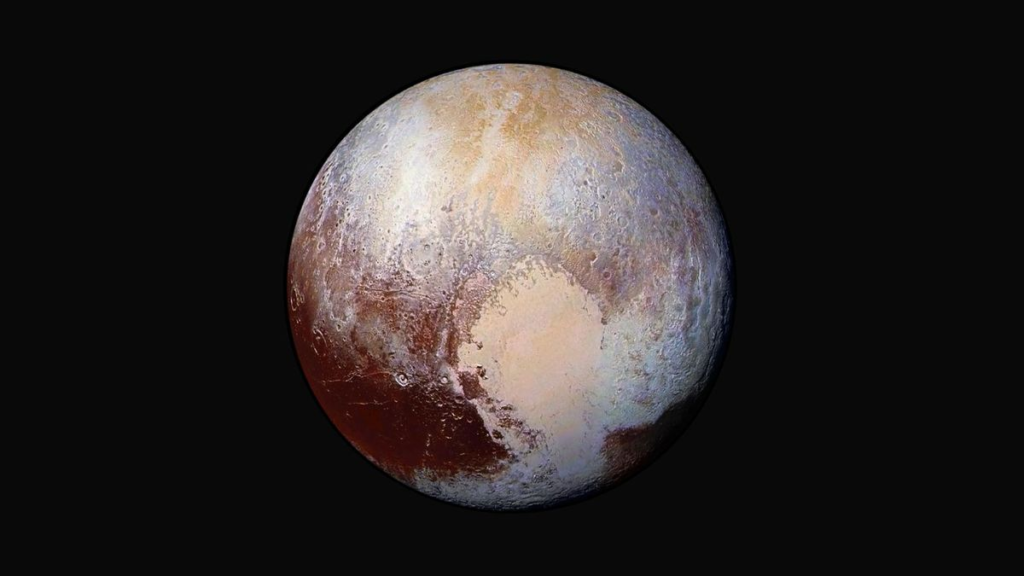
Fun Facts About the Solar System
- A year on Mercury is just 88 Earth days long, but a year on Neptune takes 165 Earth years!
- Jupiter has 95 moons, while Earth has just one: the Moon.
- The Sun is so big that 1.3 million Earths could fit inside it!
Exploring the Solar System
Scientists use telescopes, satellites, and space probes to study the solar system. They’ve sent missions like Voyager, Mars rovers, and even a spacecraft to touch the Sun! Who knows, maybe one day, you’ll be the one exploring new worlds.
The solar system is our amazing cosmic home, full of mysteries waiting to be uncovered. Keep looking up, dreaming big, and maybe you’ll discover something incredible about the universe!

